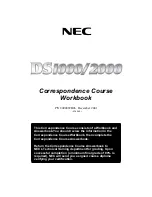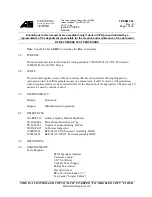
WM9090
Production Data
w
PD, November 2010, Rev 4.1
78
A simple equivalent circuit of a loudspeaker consists of a serially connected resistor and inductor, as
shown in Figure 20. This circuit provides a low pass filter for the speaker output. If the loudspeaker
characteristics are suitable, then the loudspeaker itself can be used in place of the filter components
described earlier. This is known as ‘filterless’ operation.
Figure 20 Speaker Equivalent Circuit for Filterless Operation
For filterless Class D operation, it is important to ensure that a speaker with suitable inductance is
chosen. For example, if we know the speaker impedance is 8
Ω
and the desired cut-off frequency is
20kHz, then the optimum speaker inductance may be calculated as:
8
Ω
loudspeakers typically have an inductance in the range 20
μ
H to 100
μ
H, however, it should be
noted that a loudspeaker inductance will not be constant across the relevant frequencies for Class D
operation (up to and beyond the Class D switching frequency). Care should be taken to ensure that
the cut-off frequency of the loudspeaker’s filtering is low enough to suppress the high frequency
energy of the Class D switching and, in so doing, to prevent speaker damage. The Class D outputs
of the WM9090 operate at much higher frequencies than is recommended for most speakers and it
must be ensured that the cut-off frequency is low enough to protect the speaker.




































